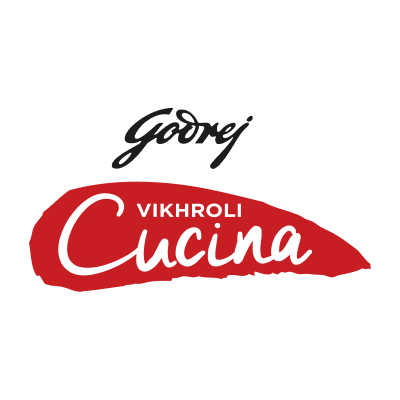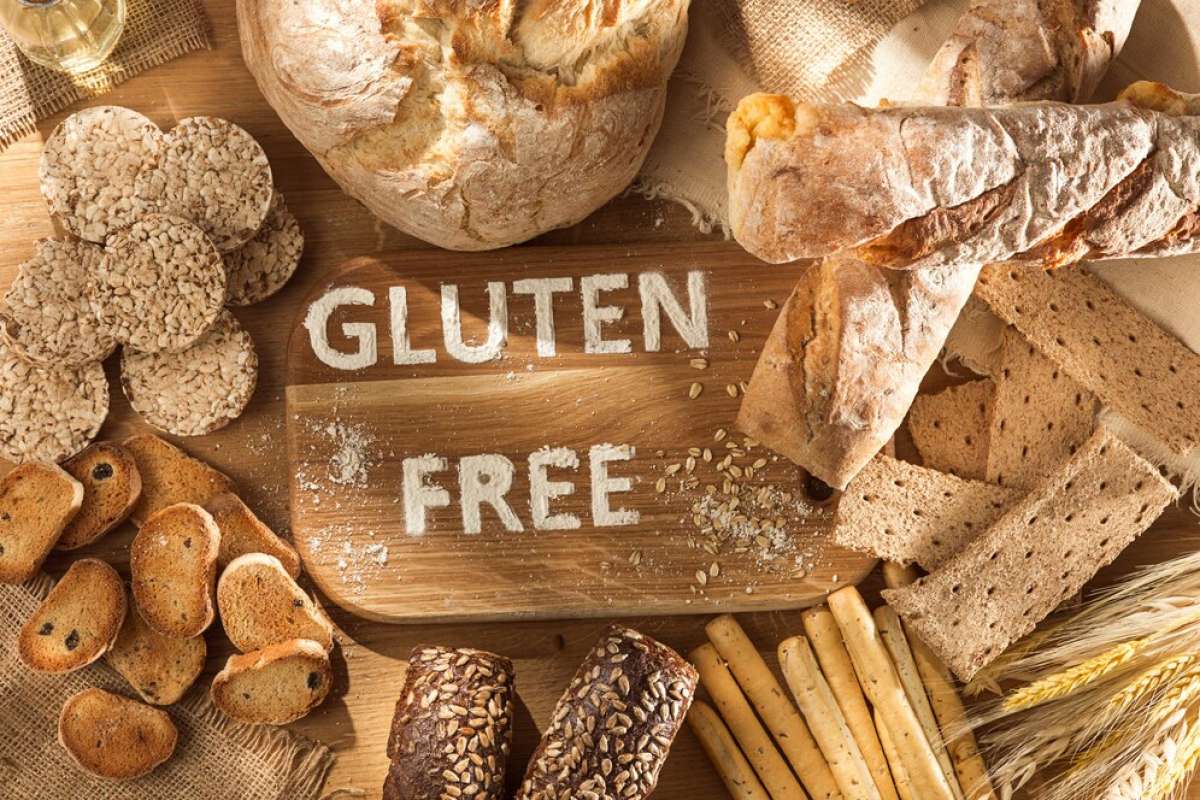
Thinking outside the wheat: Experimenting with gluten-free flours in the kitchen
Get creative with your gluten-free cooking by experimenting with unique flours like local millet flours

If you're looking to experiment with gluten-free flours, there are a variety of options available that can add interesting flavors and textures to your recipes. While almond and coconut flours are popular choices, there are also lesser-known options like local millet flours that can be used in unique ways.
Millet is a type of grain that has been cultivated for thousands of years and is a staple food in many parts of the world. It's naturally gluten-free and packed with nutrients like protein, fiber, and iron. Millet flour can be used to make a variety of gluten-free recipes, including bread, pancakes, and cookies.
One type of millet flour that's worth trying is finger millet flour, also known as ragi flour. It has a nutty flavor and a slightly gritty texture, making it perfect for bread and baked goods. It can also be used to make porridge, pancakes, and even pizza crust.

Another type of millet flour to experiment with is pearl millet flour, also known as bajra flour. It has a mild, earthy flavor and a slightly sweet aroma. It's a great choice for making flatbreads, such as roti or chapati, and can also be used to make pancakes and muffins.
If you're looking for a gluten-free flour that's more widely available, consider trying sorghum flour. Sorghum is a type of grain that's been grown for thousands of years and is commonly used in African and Asian cuisines. Sorghum flour has a slightly sweet flavor and can be used to make a variety of baked goods, including bread, muffins, and cookies.
When experimenting with gluten-free flours, it's important to note that they don't always behave the same way as wheat flour. For example, they may require more or less liquid, or they may not rise as much as wheat flour-based recipes. It may take some trial and error to get the hang of using these alternative flours, but the results can be well worth it.
Incorporating local millet flours into your gluten-free cooking not only adds interesting flavors and textures to your dishes, but it also supports local farmers and promotes sustainable agriculture. So why not give it a try and see what unique recipes you can create?
Have you tried cooking with local millet flours or other alternative gluten-free flours before? Share your experiences and favorite recipes in the comments below!
Tags
0 Comment
You may also like
-

Tips & tricks Party plates: The finger foods everyone grabs first
by Vikhroli Cucina
-

Tips & tricks 6 tiny baking errors that wreck your dessert
by Vikhroli Cucina
-

Tips & tricks Ditch Starbucks: The ultimate DIY Pumpkin Spice Latte hack is here
by Vikhroli Cucina
-

Tips & tricks DIY 15-minute Yummiez platter for a fun Children's Day bash for busy parents
by Vikhroli Cucina

